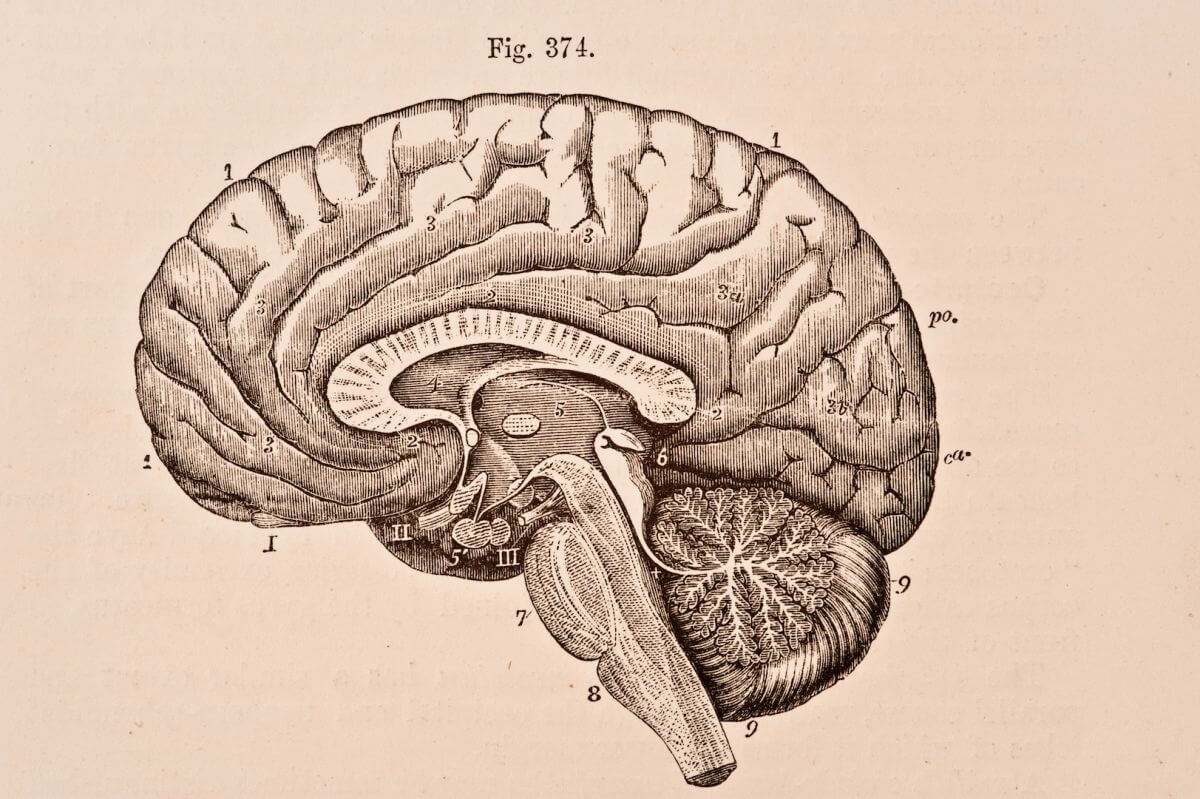Neurological function varies and past conceptions of “mental disorders” unfairly placed some people in pejorative categories. With increased understanding, “retarded” gave way to “handicapped” which yielded to “disabled” and finally to “neurodivergent.” Appreciation of differences in neurological functioning and capabilities has opened the eyes of the world to unique human talents and potential previously feared and hidden. Yet, a spectrum of neurological differences and behaviors is as old as humanity.
We can’t know precisely how early humans – Neanderthals for example – functioned neurologically, but based upon the scant archeological and paleontological evidence we have, they were not altogether unlike modern humans. And through our understanding of cultures such as Ancient Greece, it’s evident that the spectrum of their feelings and behavior were reflected in the personalities they gave to each of their various gods. Thoughts and feelings within people, the ancient Greeks believed, were not generated internally, rather placed there by the gods.
In his discussion of melancholy, what today we call depression, cultural historian Kurt von Meier notes, “The origins of temperament are connected to theories of medicine developed in the 5th century B.C. by Hippocrates. He established the theory of the four humours. When in balance, a person is healthy, and an excess of any one of these produces disease. It was Aristotle who first made connections between the melancholic humours and outstanding talent, thus, a link between genius and melancholy. This idea was not spelled out until much later, for in the Middle Ages, melancholy was regarded mainly as a physical disorder or as a sin on the theological level, the sin of sloth….Plato also had notions about creativity, and he attributed it to ‘divine madness’ that grips the artist.”
While Van Gogh was clearly neurodivergent, the works of other notable artists such as Braque’s’ cubism or Mondrian’s fragmentation reflect their own particular neurology. Whether or not Da Vinci or Michelangelo suffered the psychological torments of manic depression or hyperactivity we’ll never know for sure. What we do know is that their art has contributed immeasurably to culture and humanity.
Psychiatrist Roland Fischer, in a 1972 essay entitled “On Separateness and Oneness,” postulates that “the varieties of states of mind, or levels of self-awareness, are but experiences along a perception-hallucination or perception-meditation continuum of hyper- and hypoarousal.” In other words, a wide neurological range exists and manifests in ways both surprising and profound.
With our shift of cultural attitudes, neurodivergence now stars as entertainment. From television characters like “Monk,” “Professor T,” and Hollywood’s “Rainman” to real-life animal behaviorist Temple Grandin, the special abilities of people on the autistic spectrum are now acknowledged, even admired. In this way the remarkable diversity of human beings, their quirks and talents, have become more widely accepted.
I’m a bit neurodivergent myself, and my self-diagnosis is that I suffer from CCD: Compulsive Comedic Disorder. It’s actually my wife who’s suffered; like the Abbott to my Costello, she keeps feeding me set-ups for one-liners, which I can barely resist. Over the years I’ve learned to mostly keep my mouth shut, all in the name of ensuring domestic tranquility. Hey, look it up! It’s in the preamble of The Constitution!
Our penchant to highlight difference accompanies our inclination to fear it. It’s not neurodiversity that’s a problem, but a tyranny of normal. The more we understand the range of human behavior, the more obvious it becomes that “normal” does not exist.








Be First to Comment